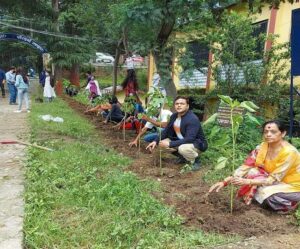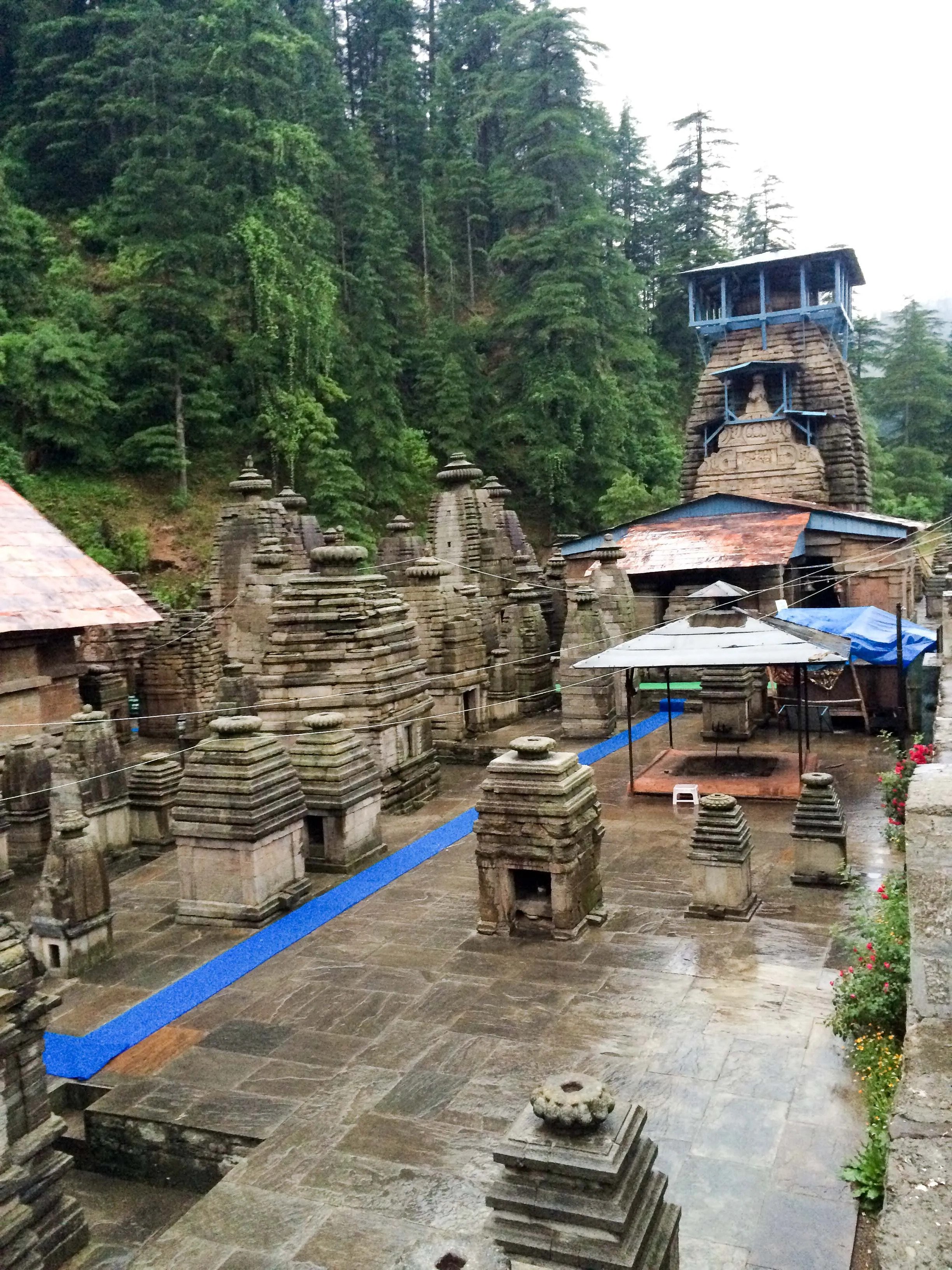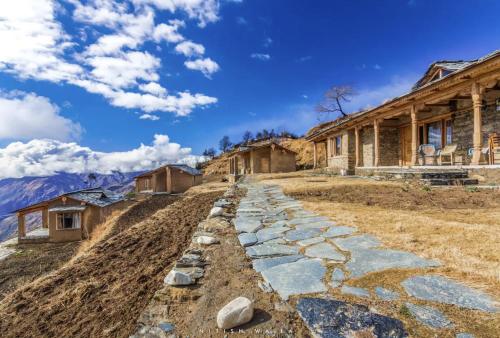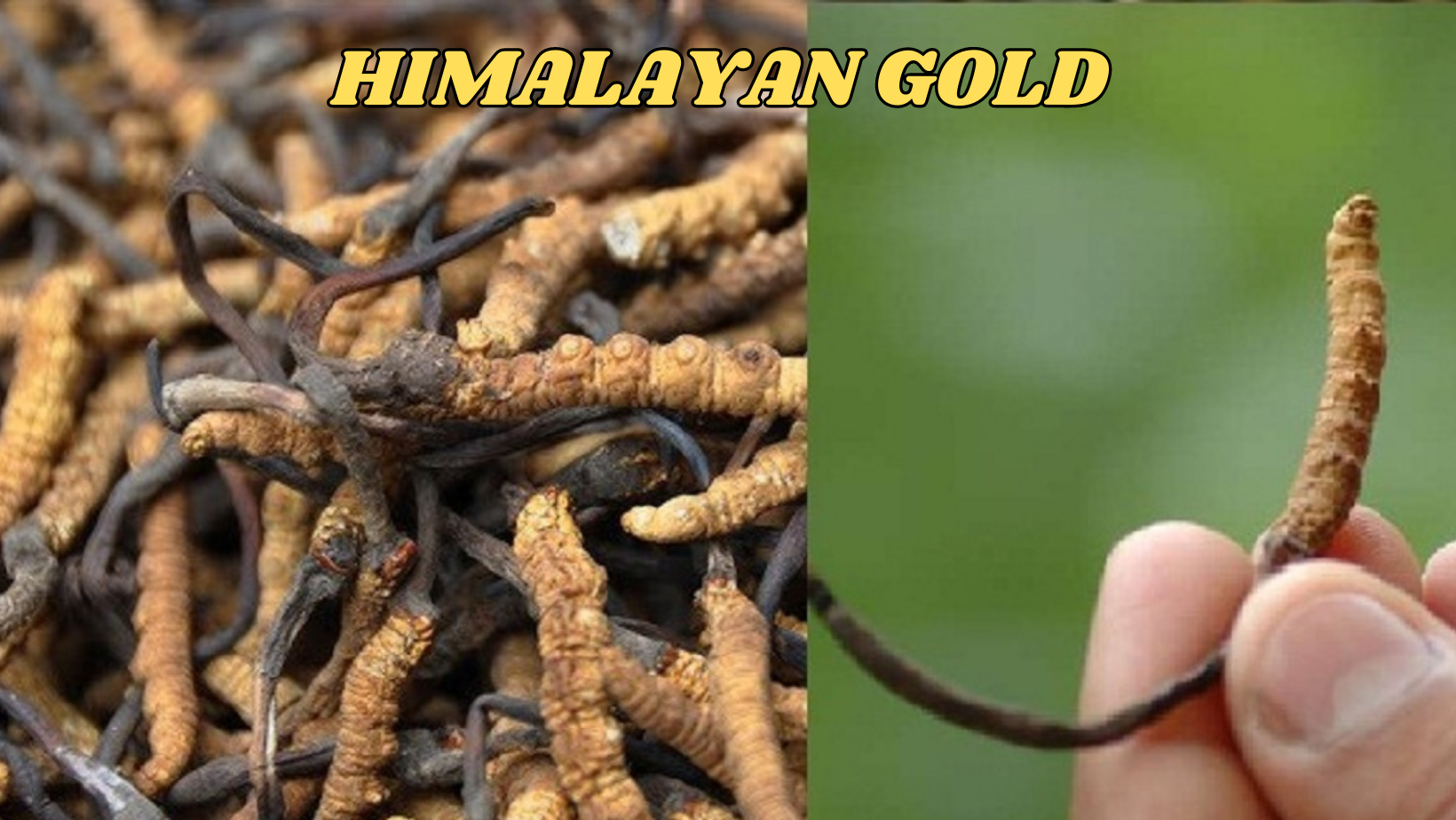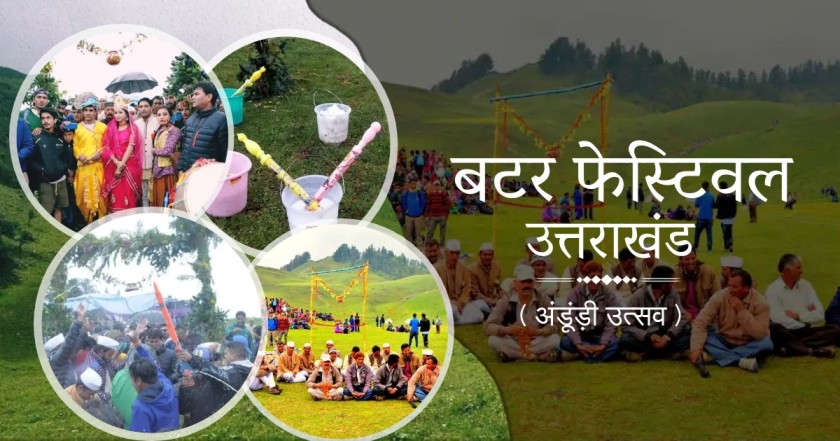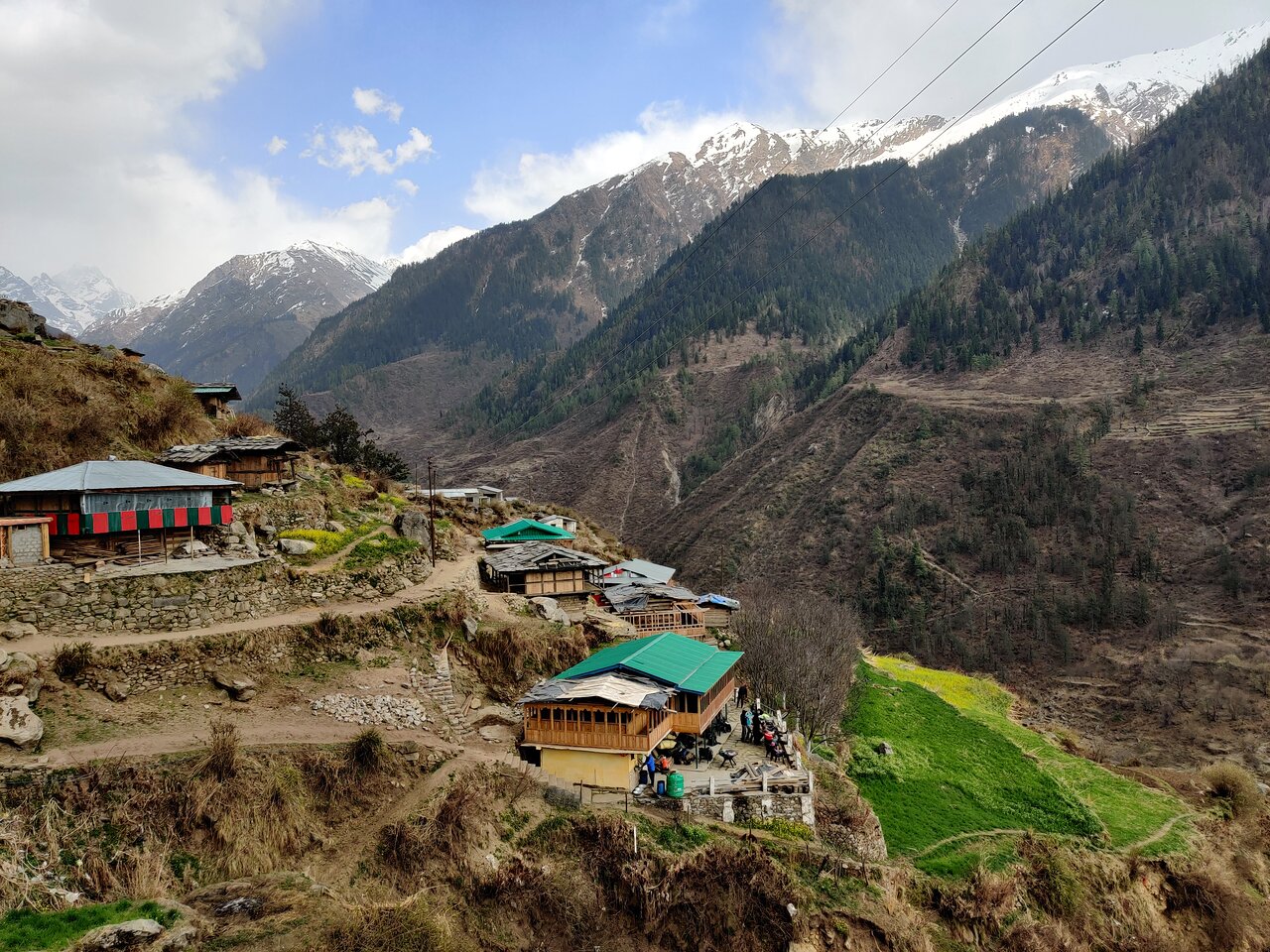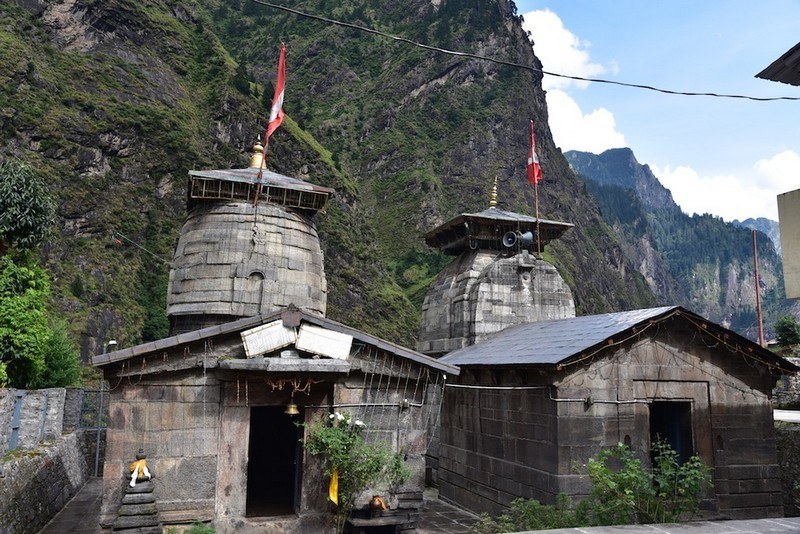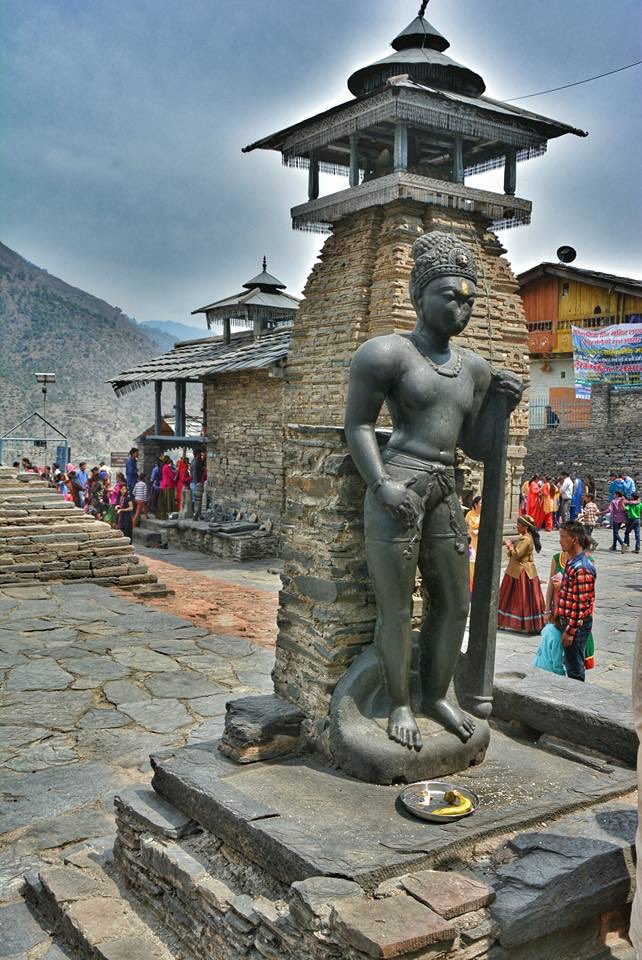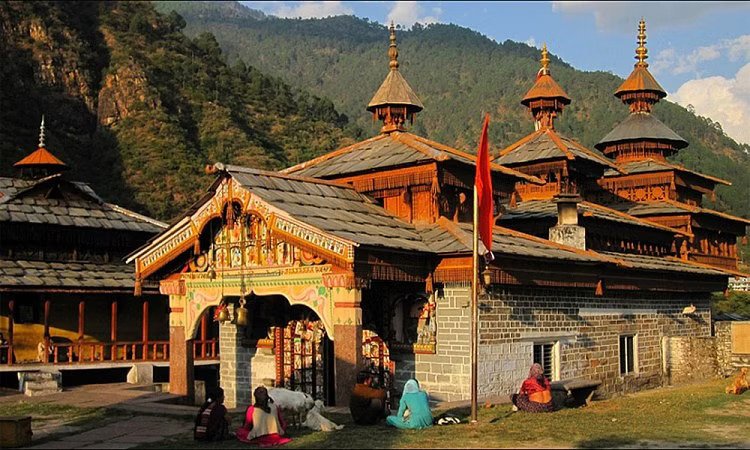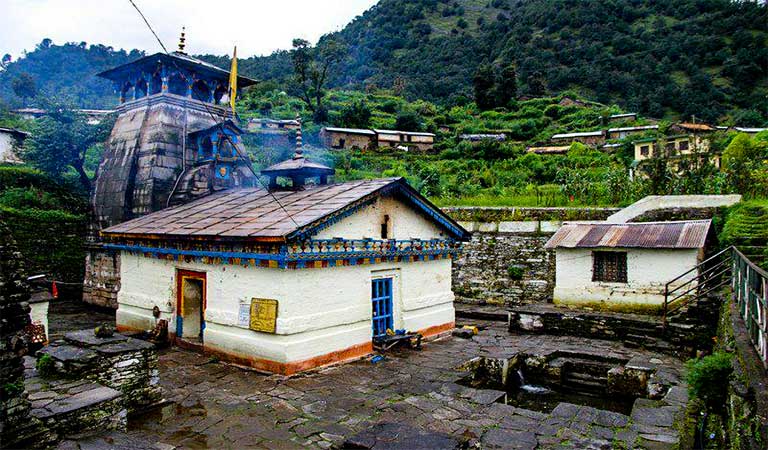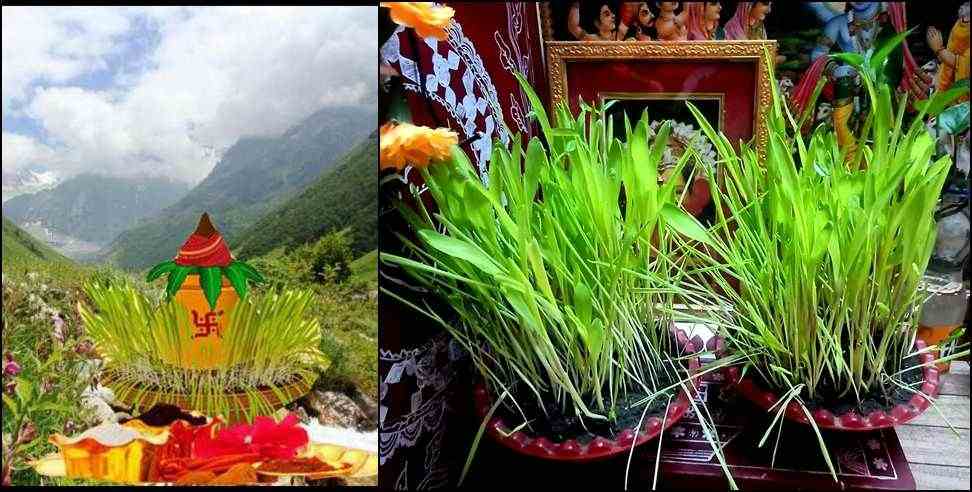
Uttarakhand, an incredible state enveloped by the Himalayas, is renowned for its gorgeous scenery and spiritual retreats, as well as its varied cultural legacy and colourful celebrations. You will come across a variety of festivities that showcase the culture and folklore of Uttarakhand. From the joyous Kumaoni Holi to the sacred Kedarnath Yatra, to the holy Kumbh Mela, the festivals of Uttarakhand give you an unparalleled opportunity to observe the state’s cultural diversity and its spiritual vibrancy.Today we will talk about the famous Kumauni festival Harela, which is now celebrated all over Uttarakhand and also in Himachal Pradesh.
Harela is an event highly revered in the Kumaon region, taking place on the initial day of Shravan (Kark Sankranti). The name of the festival itself suggests “green leaves” and signifies the start of the monsoon as well as the planting season for crops. Uttarakhand, which is believed to be the mythological abode of the Hindu deity Lord Shiva, celebrates Harela with much pomp and show as it falls on Lord Shiva’s favourite month.
HISTORY OF HARELA :
Harela festival, celebrated mainly in Kumaon region of Uttarakhand and some areas of Himachal Pradesh, Lord Shiva and Goddess Parvati are venerated. This occasion, which is also known as ‘Day of Green’, symbolizes the new harvest of the rainy season that occurs during the Shravan month as per the Hindu calendar. In certain regions of Garhwal, Uttarakhand, it is celebrated as Mol-Sankranti or Rai-Sagrān. In the Himachal Pradesh areas of Kangra, Shimla, and Sirmour, it is identified as Hariyali/Rihyali, and Dakhrain in Jubbal and Kinnaur.
How Harela is celebrated?
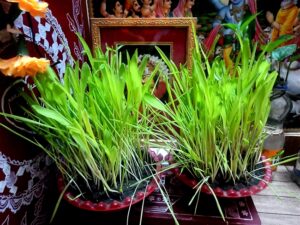
Harela is a festival that is celebrated with great enthusiasm by the agriculture-based communities. Ten days before the event, a mixture of five or seven different grains, such as maize, mustard, horse gram, barley, wheat, rice, and soybeans, is placed in a pot or flat wooden pane called a ‘chauk’, and placed in a dark room where no sunlight penetrates. Water is sprinkled on it twice or three times a day. The no. of seeds sown are based on the equal no. of family members or can be more than that. Traditionally, it is the duty of the mother to sow the seeds and the unmarried daughter of the family to take care of their watering.

During this festival, people make idols of Lord Shiva and Parvati, known as ‘Dikare’ or ‘Dikars’, for worship. After the puja and other ceremonies, the family enjoys a delicious meal that is made especially for the occasion. Harela, or the green shoots, are then placed behind the ears of every family member. People also send letters with Harela enclosed to distant relatives as a form of greeting.
The elders give blessings to the young while chanting –
” Jeeraye jagiraye, Dharti jas aagav, Aakash jas chakav hai jaye, Surya jas taran, Syave jas buddi ho, Doob jas faliye, sil pisi bhat khaye, janthi teki jhad jaye.”
Which means- You may get greenery, may you live long and gain consciousness. Have patience like the earth, be as kind as the sky up above, be as radiant as the sun, be as witty as the jackal and grow like the grass. May you live until the time, when you’ll have to grind the cooked rice to eat it and use a stick to go to the bathroom.
In the regions of Garhwal and Himachal Pradesh, it is customary to take the village deity to an open area for communal prayers and festivities. In Garhwal, it is customary for individuals, families, or communities to plant saplings on Harela, a tradition that links people to nature and the environment.
Significance of Harela Festival :
Safeguarding the environment is deeply ingrained in the culture of Uttarakhand, the annual planting of saplings on Harela is a meaningful way to contribute to environmental conservation. It is also a way for people to show their appreciation for the gifts of nature. Harela is planted for bringing peace, happiness, and prospersity to the family. as Harela symbolizes the sowing and new harvest.
It is believed that if a branch of any tree is planted on the auspicious day of Harela, after five days it will develop roots and the tree will remain immortal forever. Traditionally, the Harela is planted at home but in some villages, it is planted inside the temples and is offered to the local deity. If a person expires on Harela then the seeds are not sown until a child or a calf takes birth on the same date.
Follow us on social media
Follow us on Instagram 👈click here
Subscribe to Youtube 👈click here

